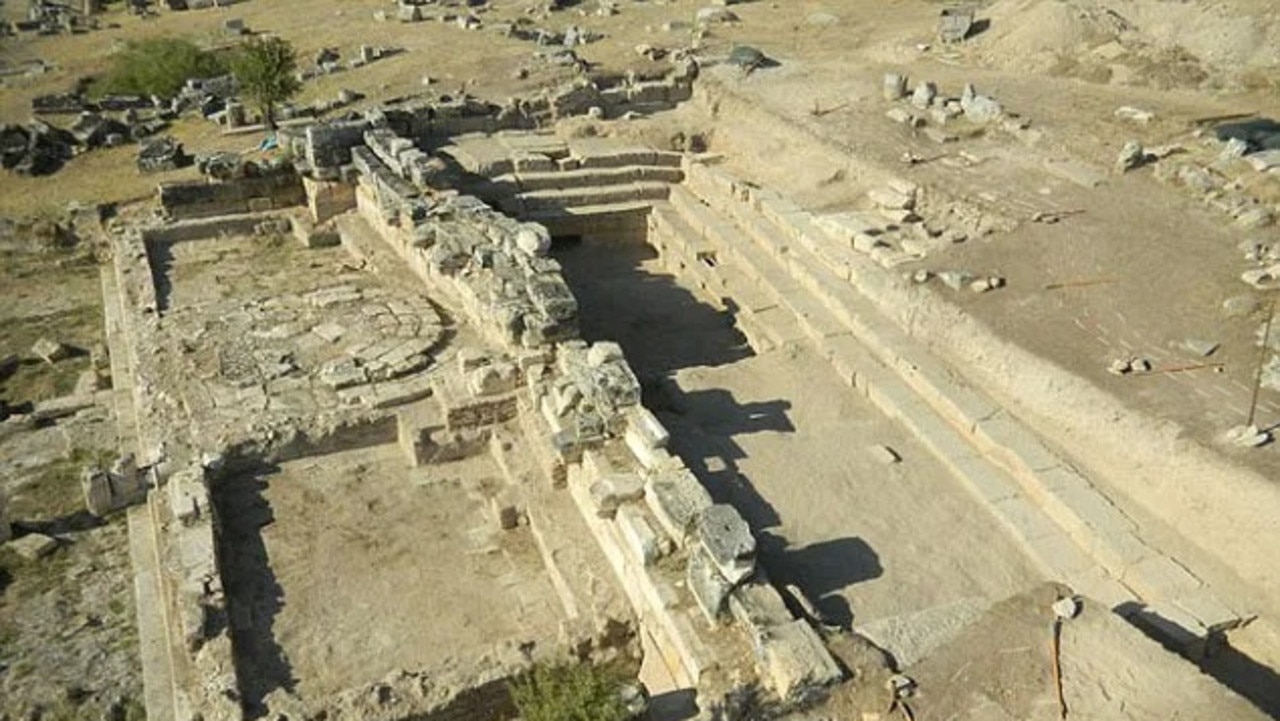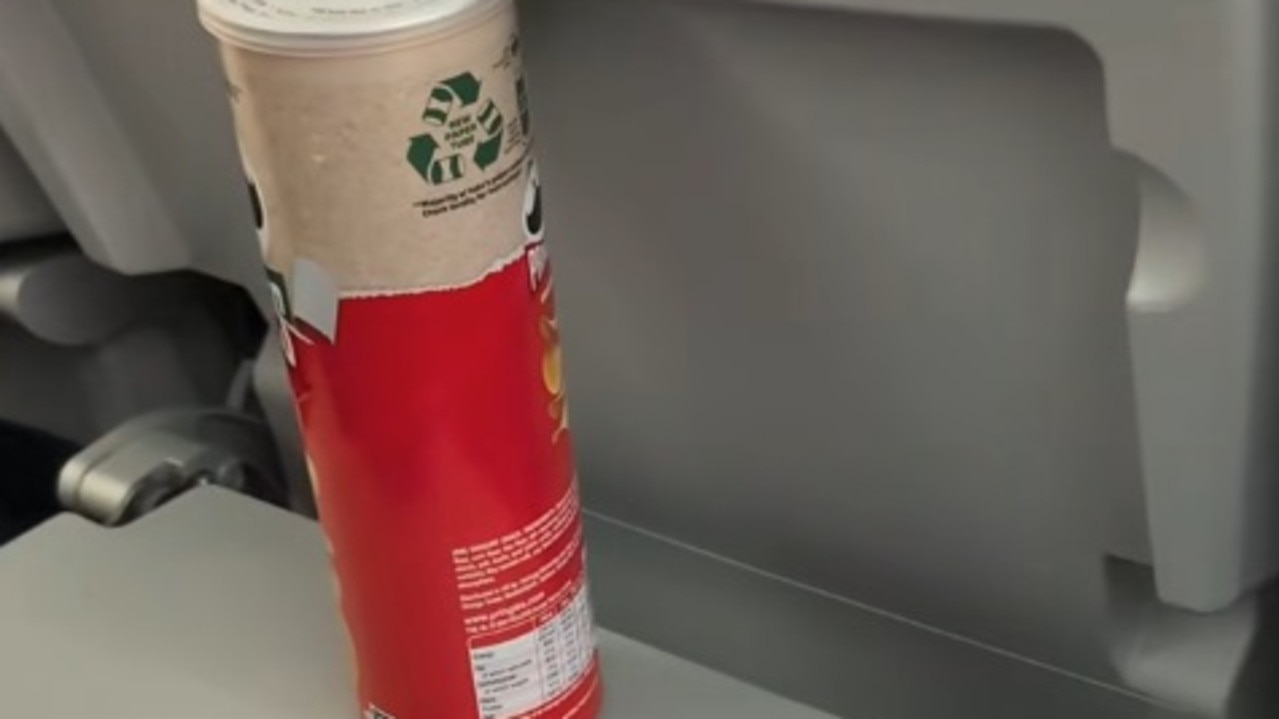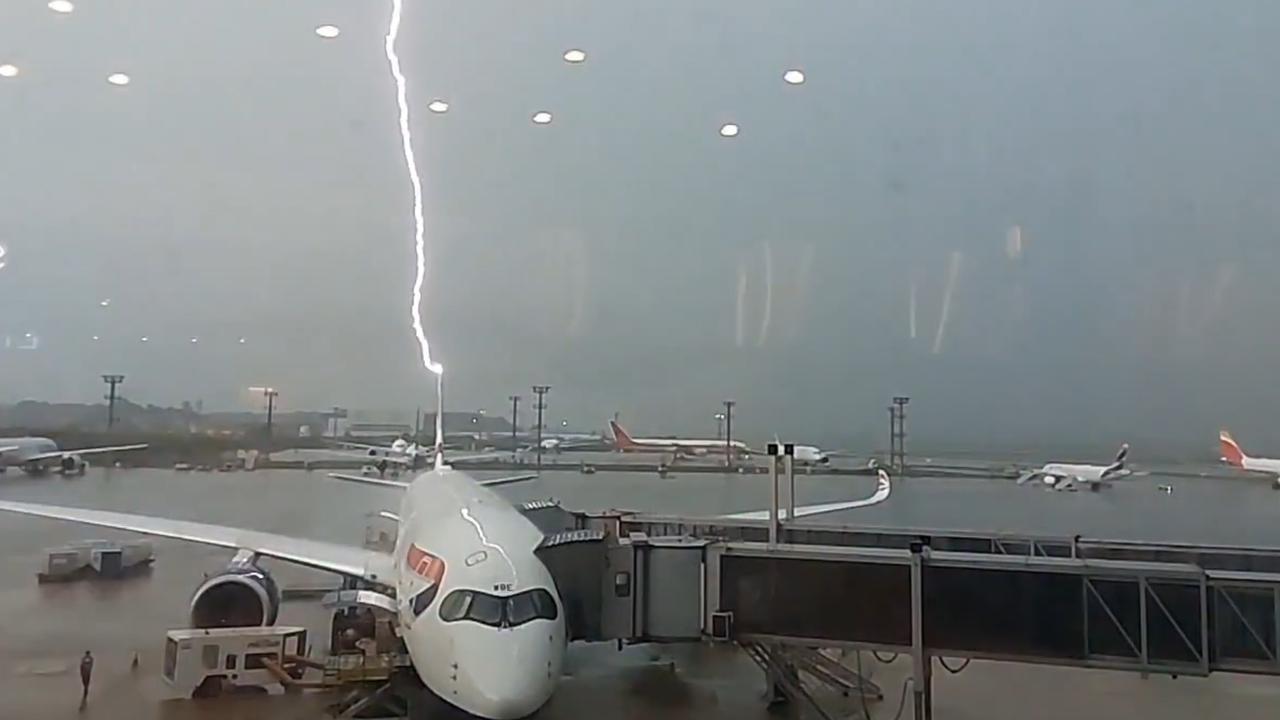10,000 Qantas jobs could go offshore despite safety fears: unions
AS many as 10,000 Qantas jobs, including maintenance staff, could be sent offshore, despite fresh concerns about safety.
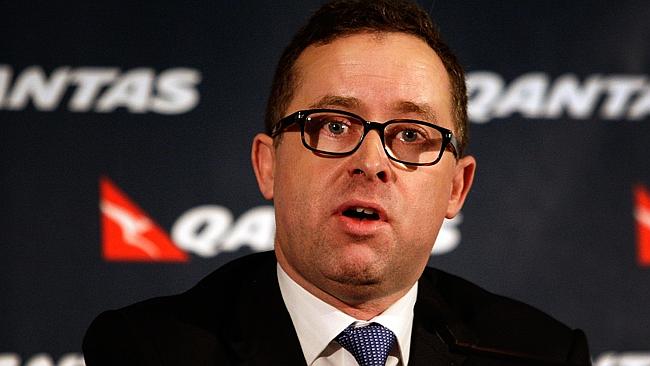
AS many as 10,000 Qantas jobs, including maintenance staff, could be sent offshore, despite fresh concerns about safety.
Embattled Qantas boss Alan Joyce on Friday refused to rule out additional job losses to the 5000 recently announced if proposed changes to the Qantas Sale Act allowed the iconic airline to locate more of its business offshore.
“I can’t rule anything in or out,” he told a parliamentary committee in Sydney, arguing Qantas, like its rival Virgin, should have no limit on how many jobs it can offshore.
“We need for the future the same flexibility our competitor has. So if our competitor has the ability, which it does, to do all of its heavy maintenance, its call centres, everything, offshore then for Qantas to compete on a level playing field, to have the same options as that competition, it needs the same freedom.”
The Assistant National Secretary of the Australian Services Union, Linda White, on Friday warned 10,000 jobs — 1 in 3 at Qantas — could potentially be based offshore.
While staff at check-in desks would likely remain Australian, call centre and freight staff would likely be offshored.
“Anybody who doesn’t interact with passengers could easily be offshored,” Ms White said.
But a submission to the inquiry by the Australian Licenced Aircraft Engineers Association has raised a series of safety concerns about the standard of work in international maintenance facilities.
Head of the association, Stephen Purvinas, said aircraft regularly came back from offshore maintenance facilities with “gross errors” in them.
He highlighted the case of an aircraft serviced in Hong Kong that came back with the washers screwed on upside down on three out of four aircraft engines.
“This aircraft flew for a about a month in Australia,” Mr Purvinas said before the problem was identified and rectified.
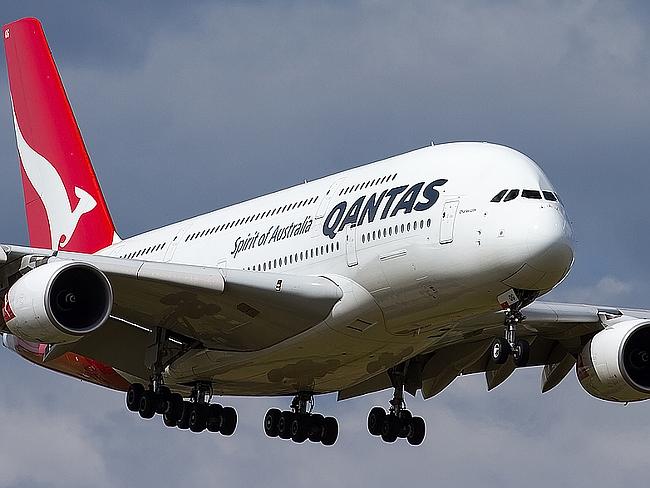
While Australian maintenance facilities had one licenced engineer for every two unlicensed engineers, in Hong Kong, there was just one licenced engineer to supervise eight unlicensed workers.
In Singapore the ratio was 1 to 11, in the Philippines 1 to 22.
“What that means is the more people he has to supervise, he will not be able to check their work as well as someone who only has to check two people. It’s a way they make themselves cheaper ... We say it’s dangerous. We have plenty of examples of things that have gone wrong on Qantas aeroplanes.”
Mr Purvinas also accused the Civil Aviation Safety Authority of being the subject of “corporate capture” by Qantas, failing to act quickly enough on complaints.
Mr Joyce said that was “absurd”. Any passenger who had ever travelled on a non-Qantas aeroplane would already have travelled on an offshore maintained aircraft, he said.
“We are the only airline that does its heavy maintenance here. If people have a problem with how maintenance is done offshore then they shouldn’t fly any other airline.”
All offshore maintenance was subject to CASA regulation, was closely monitored by Qantas staff and subject to rigorous quality assurance testing.
Errors in maintenance were unavoidable and fault levels were no higher from offshore maintenance than onshore maintenance.
“Mistakes are made both offshore and onshore,” he said.
Mr Purvinas said it was common for offshore maintenance facilities to put their best qualified staff — “A team” — to work on their own planes and get less qualified staff to do foreign airlines, like Qantas.
“I make these statements with full knowledge of what I’m talking about,” Mr Purvinas said.
A380s were the most labour intensive planes to maintain: “They’re made of plastic and they fall apart,” Mr Purvinas said of the plane’s cabin interiors. “Every night there has to be an army of people to go on to the interior of the aircraft and fix all the problems with the plane.”
###

